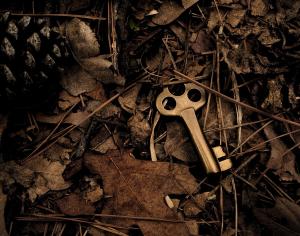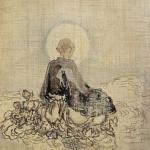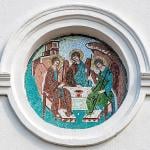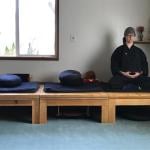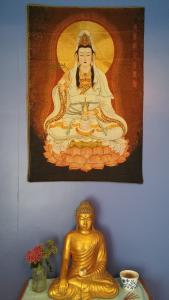 Last week I was standing in a long queue at the airport, waiting to board my plane. I was travelling with a budget airline and so only people in the front half of the queue would get to keep their free hand luggage on the plane. We stood there patiently or impatiently for forty minutes.
Last week I was standing in a long queue at the airport, waiting to board my plane. I was travelling with a budget airline and so only people in the front half of the queue would get to keep their free hand luggage on the plane. We stood there patiently or impatiently for forty minutes.
I was reading a book about yoga on my kindle. At one point I looked down and found that my left arm had somehow snaked underneath my right and was holding onto my coat, so that my right wrist, the one holding the weight of the kindle, was perfectly supported by my left. It was a very comfortable and sustainable position for reading in a queue, and I wondered how on earth my left hand had made the decision to do it.
Years ago I read a koan presented in Dogen’s Shobogenzo which has stayed with me. The koan, which is called ‘The Hands and Eyes of Great Compassion’, starts like this:
Yunyan asks Daowu: “How does the Bodhisattva of Great Compassion use so many hands and eyes?”
Daowu said: “It’s just like a person in the middle of the night reaching back in search of a pillow.”
The Bodhisattva of Great Compassion is also known as Avalokiteshvara, or Quan Yin, or Kannon, or ‘Hearer of the Cries of the World’. She/he is known as having many hands and eyes so she can provide assistance wherever help is needed. We have a deep connection with Avalokiteshvara in my tradition. When I look up from my desk, there she is in all her beauty. She has a soft, comforting energy and we sometimes suggest that people who are suffering use her chant to bring her energy towards them.
When I hear Daowu explain how Avalokiteshvara manages to handle all her different hands and eyes, without getting things wrong and without tiring, I think of my left hand, coming in to support my kindle without me asking it.
Some part of my body/mind noticed that I needed something – a way of reading comfortably in the queue – and so a solution was found without me needing to get involved. This is how we reach back for a pillow in the night – our hand is hardly conscious of what it’s doing, but it’s doing what needs to be done.
We can help other people in this way. We can pass the salt to someone sitting across from us because we can see they are looking for the salt. We can reach out to catch a child who is falling, or offer a hug to someone who has been through a trauma. When we help in this way we don’t expect anything back in return, and we don’t tire. We simply do what needs to be done without any fuss.
Of course, we are bombu – foolish beings of wayward passion – and we rarely meet the ideal shown to us by Avalokiteshvara. I can speak for myself – I help because I like to see myself as helpful, or because I want the other person to like me, or because I want them to feel like they owe me, not the other way around. Most of our helping is tainted with these self-serving aspirations – some of them conscious, some not.
That’s okay. It’s (usually) still better to help than not help, regardless of our motivations. It’s good to get clearer about our different motivations if we can, as this helps them to dissolve away. But you can trust that, if we put our anxious and grabbing egos aside, helping will become more natural. Jesus told us that his yoke was light. If we allow the energy of Avalokiteshvara to flow through us, we’ll have plenty of energy for doing what needs to be done. This kind of helping leaves no trace. I’m grateful to my left arm for helping me out, but it doesn’t need any thanks. It was happy to be there, propping my right arm up. Can we let our whole beings be like this, with eyes and arms everywhere?
*
Image by author




